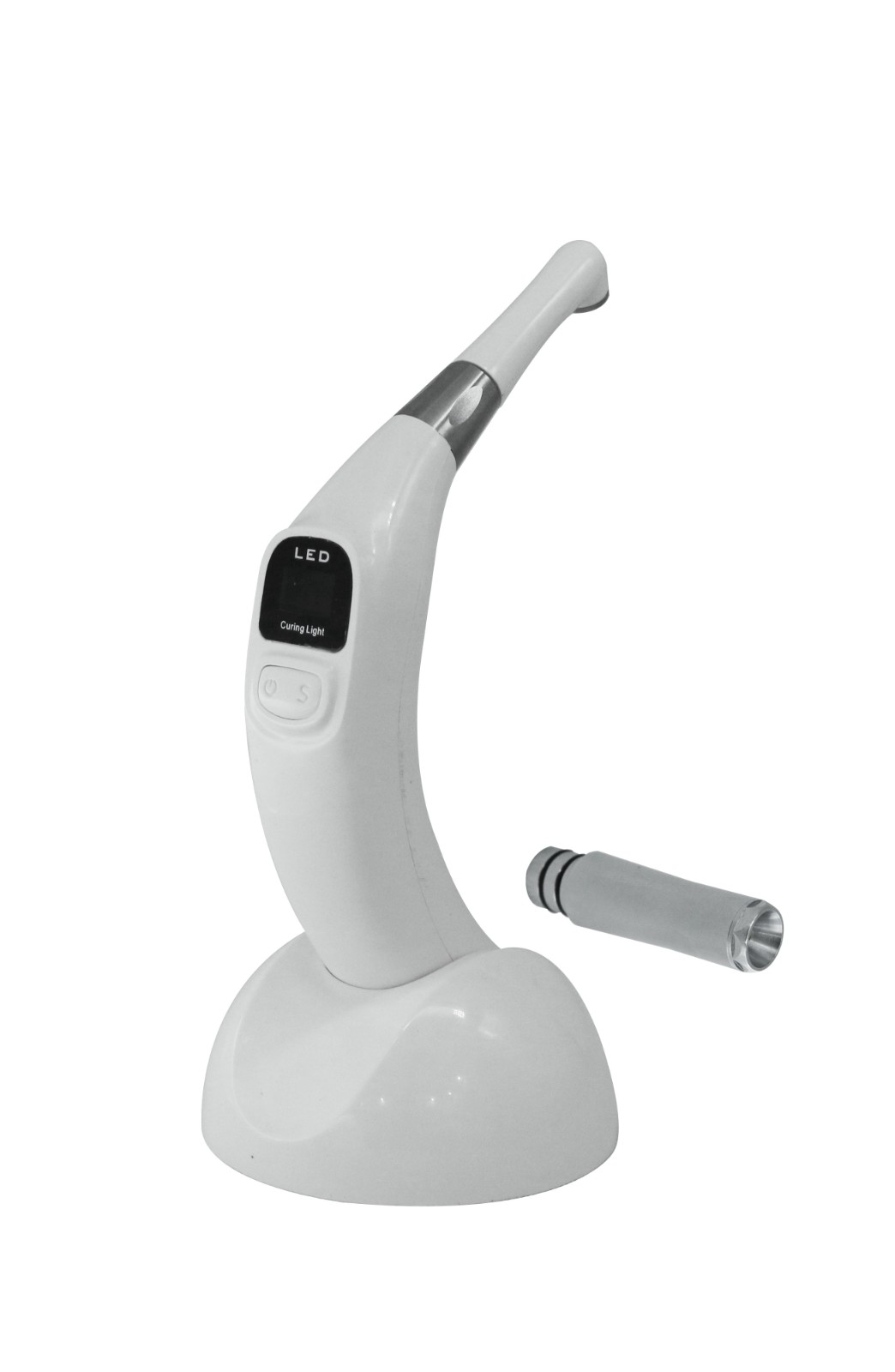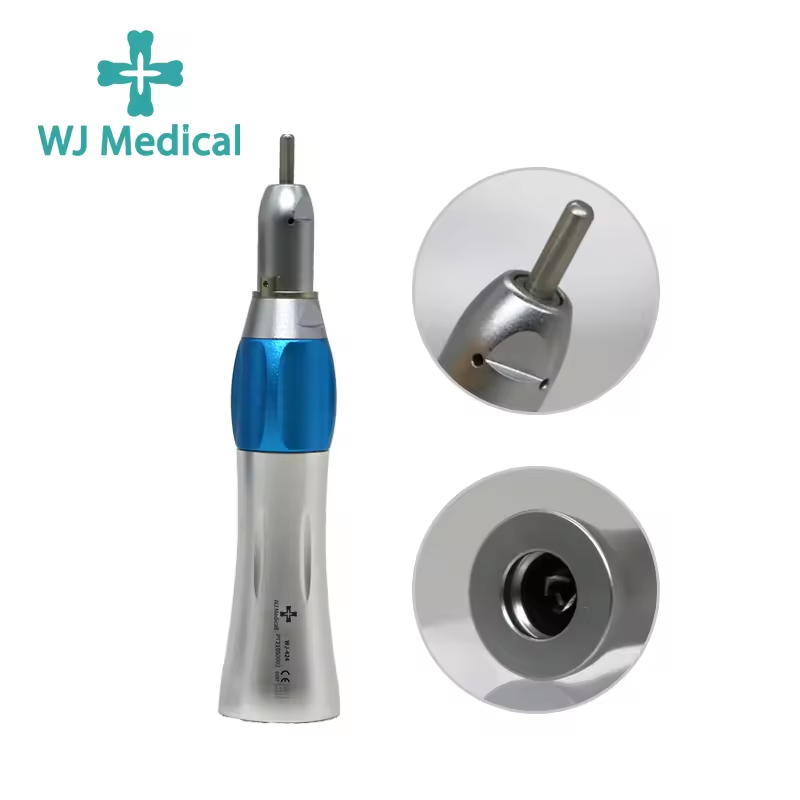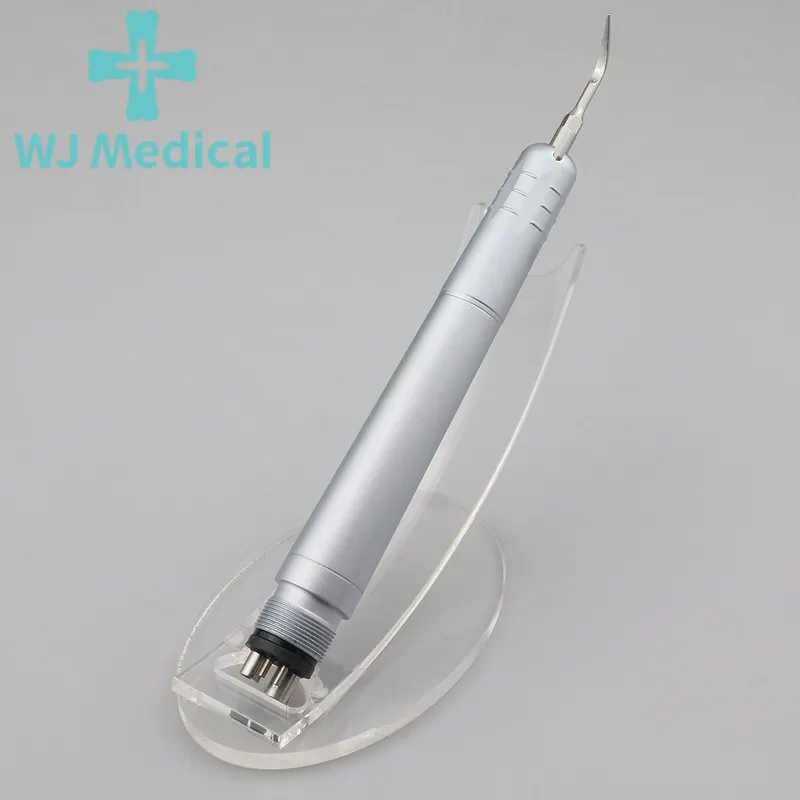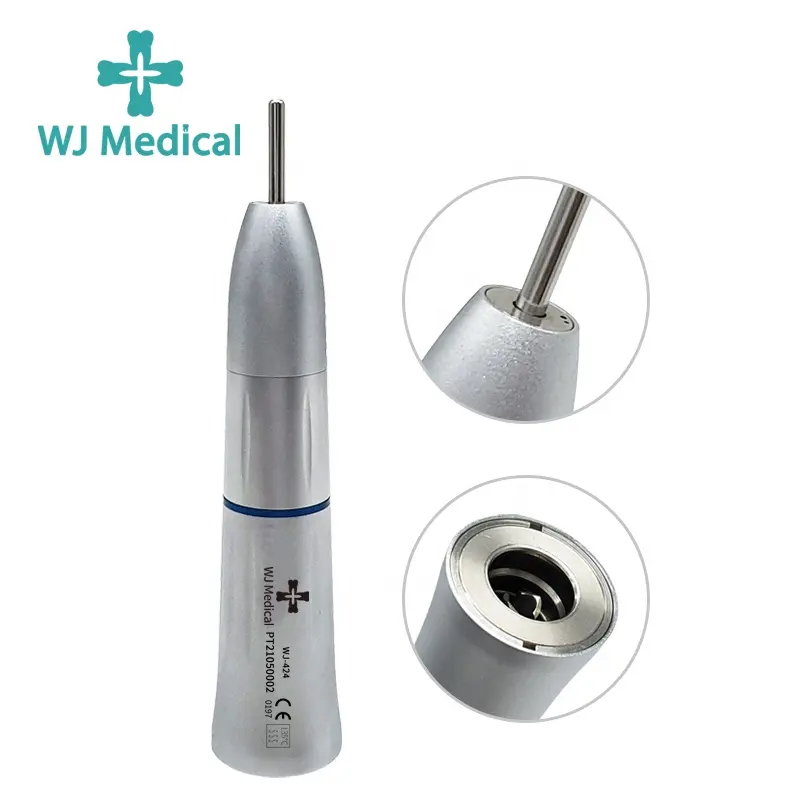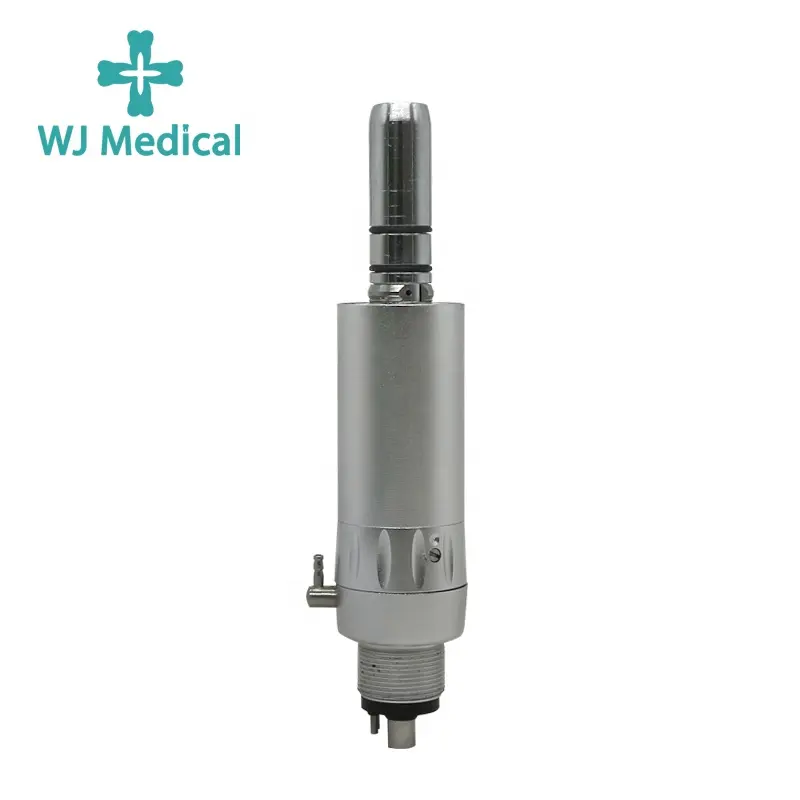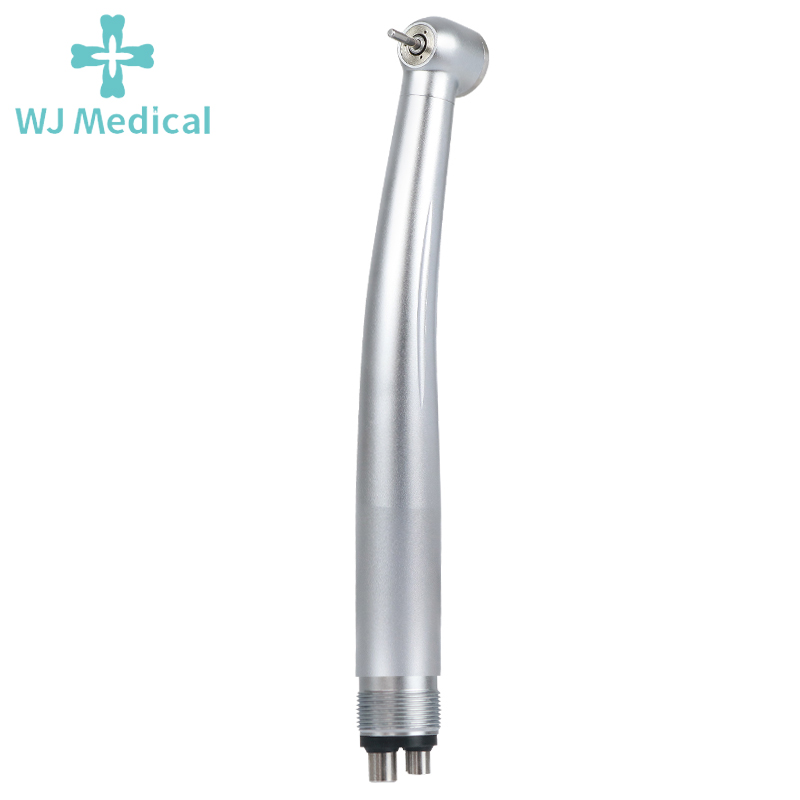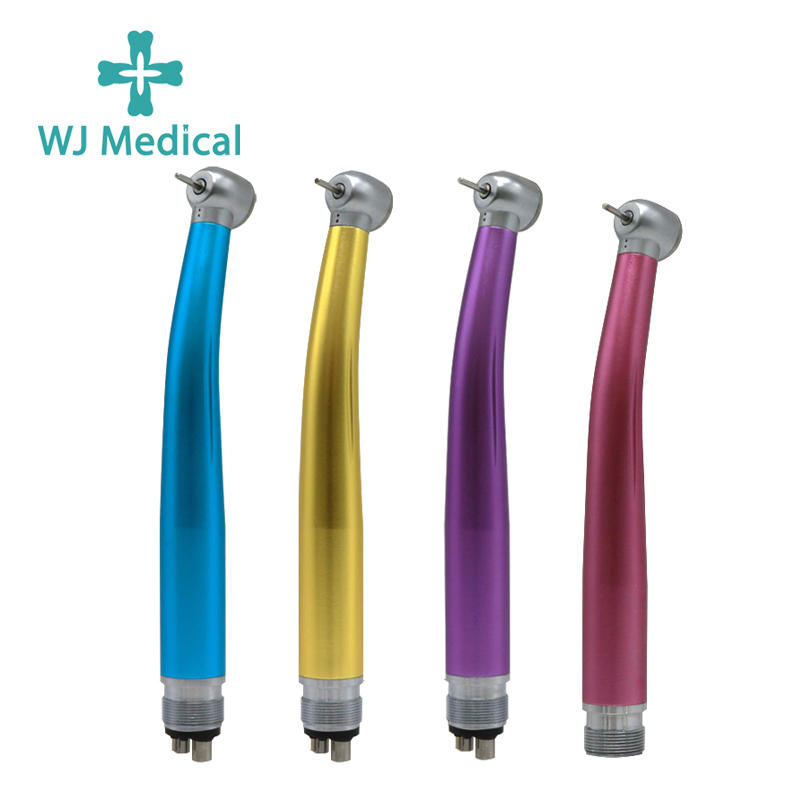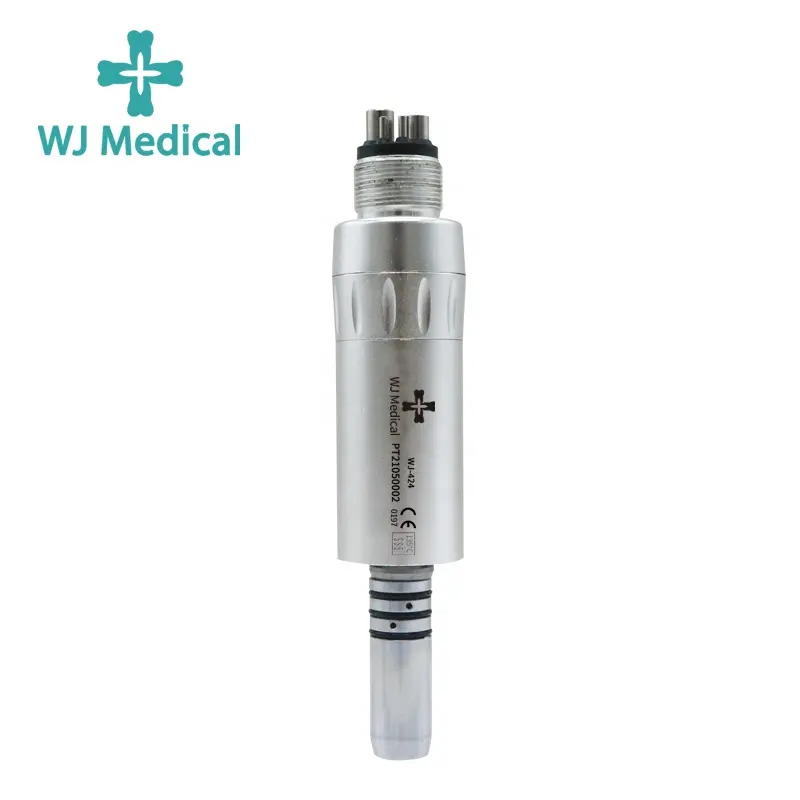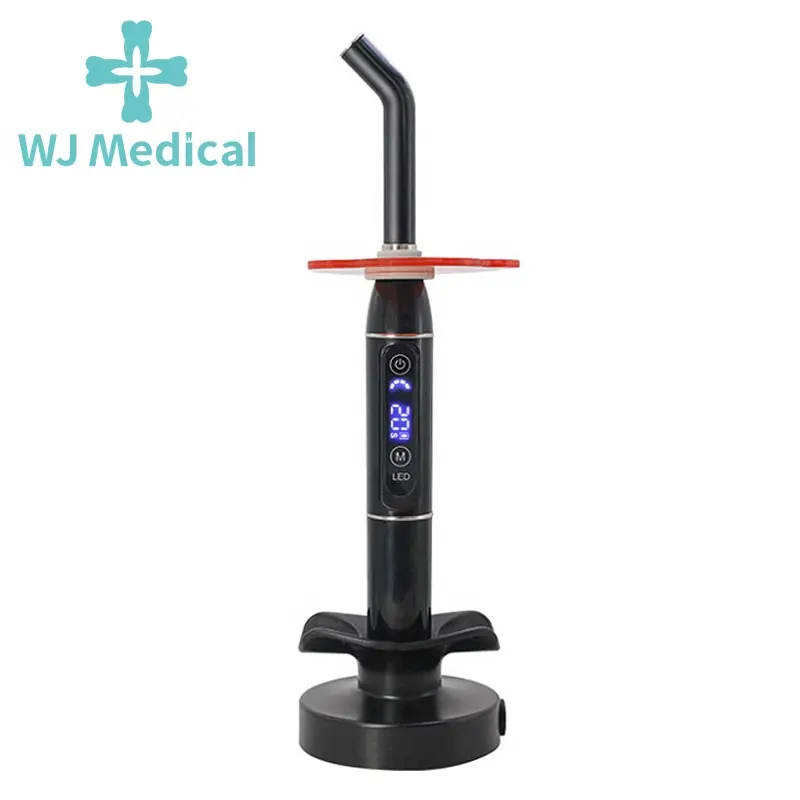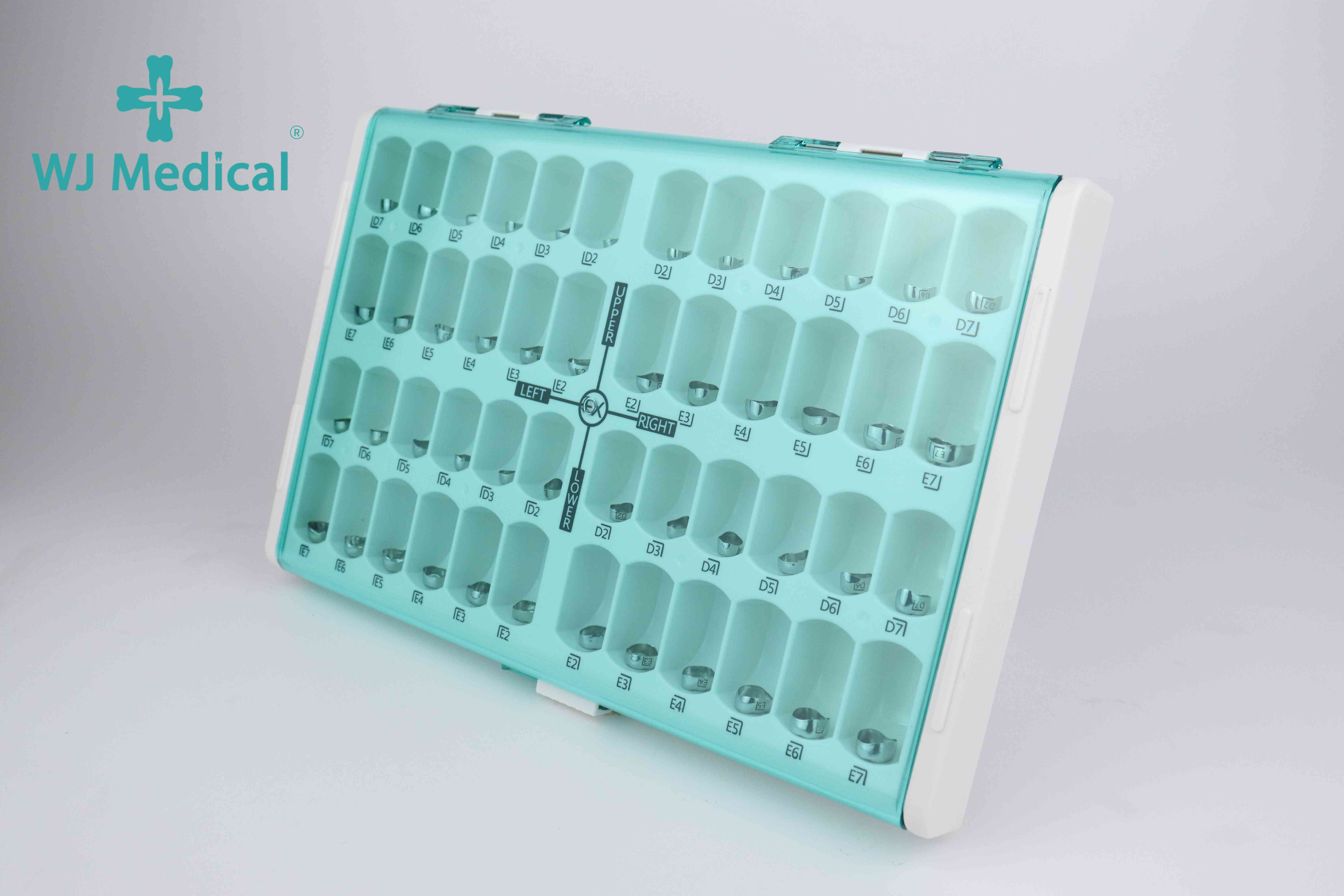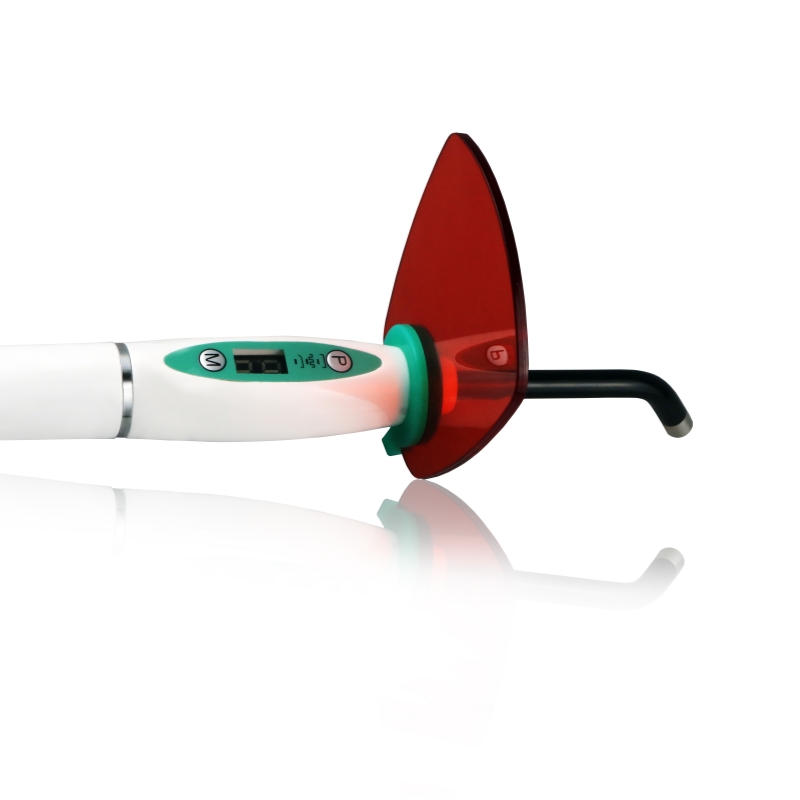What the advantages and disadvantages of Dental Curing Light?
What is the advantages about dental curing light?
Efficient Curing:
Dental Curing Light, which typically use an LED light source, efficiently cure photosensitive resin materials such as composite resins and adhesives in a short period of time (e.g., a few seconds to several tens of seconds), thereby accelerating the dental restoration and filling process.
The high intensity of the light output (e.g. 800-2300mW/cm²) ensures adequate curing of the materials, improving the quality and durability of the restorations.
Easy to operate:
Most dental curing light are designed to be cordless or portable, eliminating the need for cable connections and making the operation process more flexible and convenient for the doctor.
Some products are equipped with timers, which can preset the curing time, reducing human error and improving work efficiency.
Energy saving and environmental protection:
LED light source has lower energy consumption and longer service life than traditional light source, which helps to reduce operating costs and minimize the impact on the environment.
Some of the products use rechargeable batteries, further enhancing their portability and environmental protection.
Wide range of applications:
Dental curing light are widely used in a variety of dental restoration and filling treatments, including teeth whitening, resin filling, and bonding restorations.
Its versatility (e.g. multiple working modes, adjustable light intensity, etc.) enables doctors to make flexible choices according to different treatment needs.
Safety and hygiene:
dental curing light usually have good sealing and corrosion resistance, and are easy to clean and disinfect, helping to reduce the risk of cross-infection.
The optical fibers of some products can withstand high temperature and pressure sterilization, which ensures hygiene and safety during the treatment process.
What is the disadvantages about dental curing light?
Higher cost:
Compared with traditional curing methods, dental curing light (especially high-end models) may have higher purchase and maintenance costs, which may put some financial pressure on some healthcare organizations.
Technology dependency:
The use of dental curing light requires a certain level of technical and operational experience. Doctors need to be familiar with their operation methods and precautions to ensure treatment results and patient safety.
Battery life limitations:
Battery life is an issue to consider for cordless or portable dental curing lights. While most products come with rechargeable batteries, prolonged use or frequent charging may affect battery life and performance.
Light uniformity:
Although dental curing light usually have high light output intensity, the uniformity of light may be affected by a number of factors (e.g., length of optical fiber, degree of bending, etc.) during actual use, which may affect the curing effect.
In summary, dental curing light play an important role in dental restorative and filling treatments, and have the advantages of being highly efficient, convenient and environmentally friendly. However, their higher cost, technology dependence, battery life limitations, and light uniformity also require attention. When selecting and using dental curing light, doctors should make comprehensive consideration and evaluation based on the actual situation.
